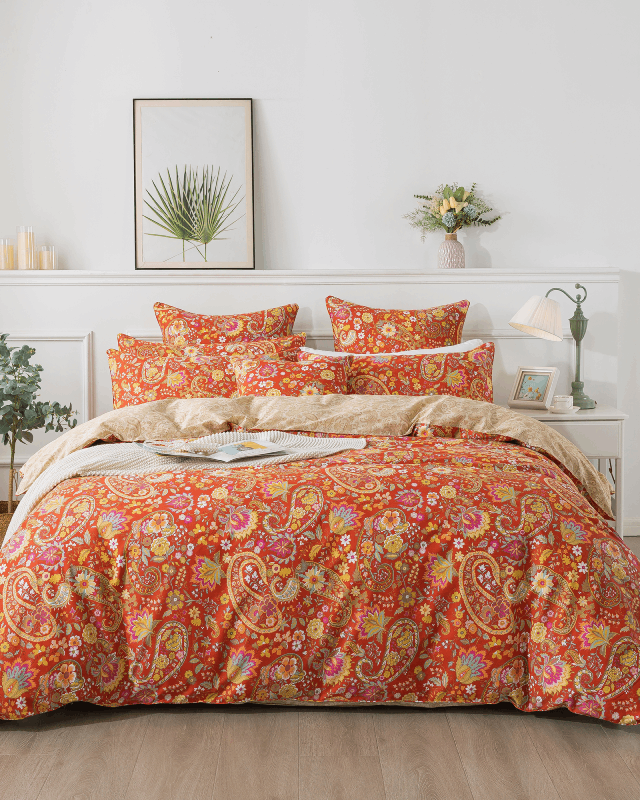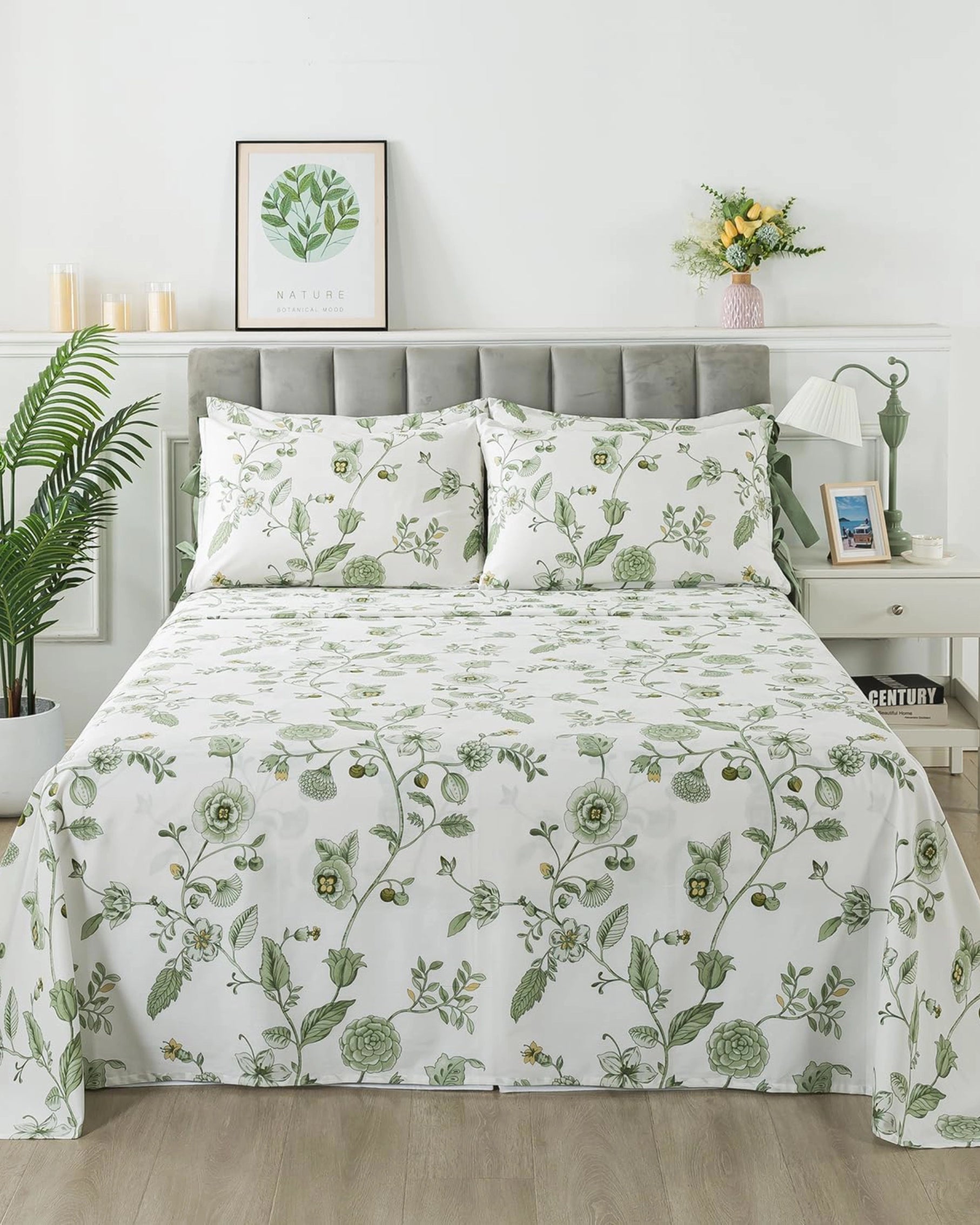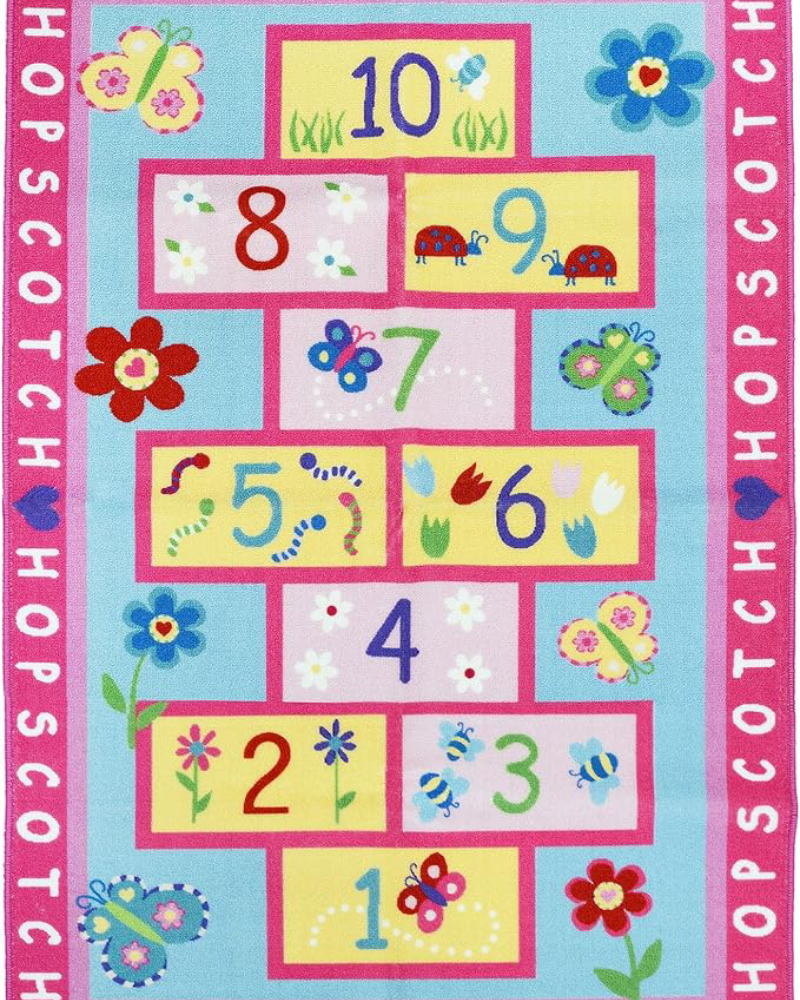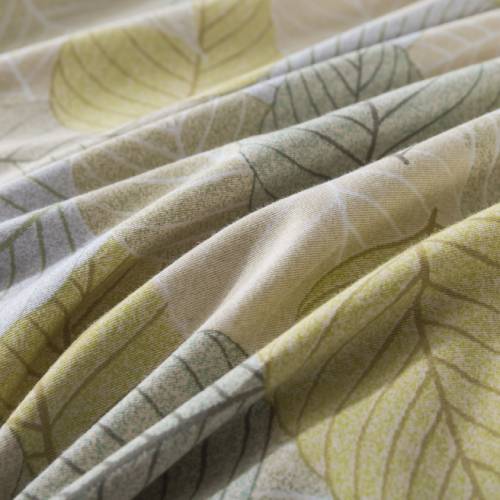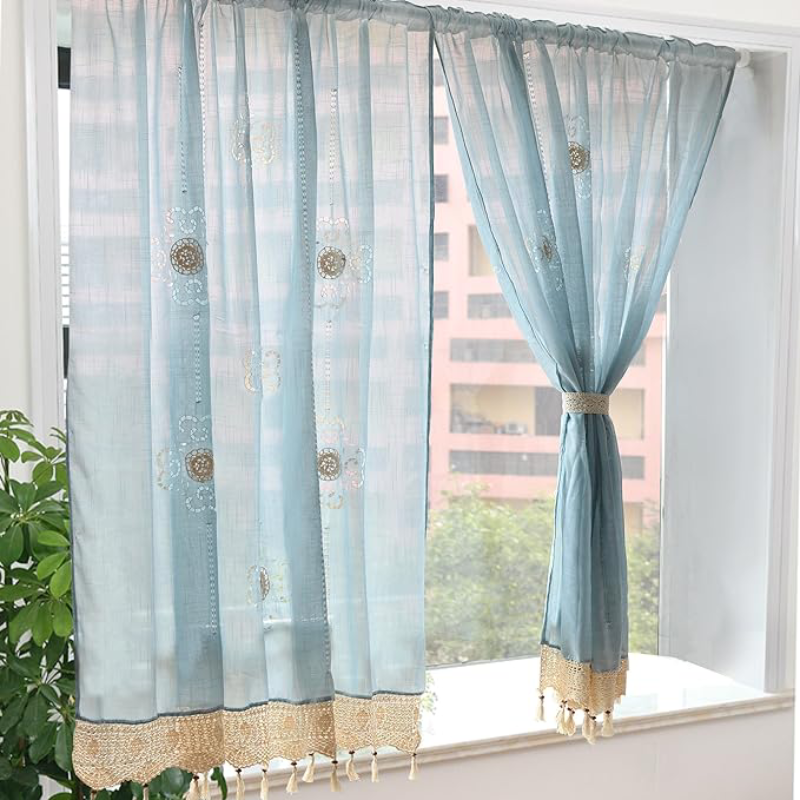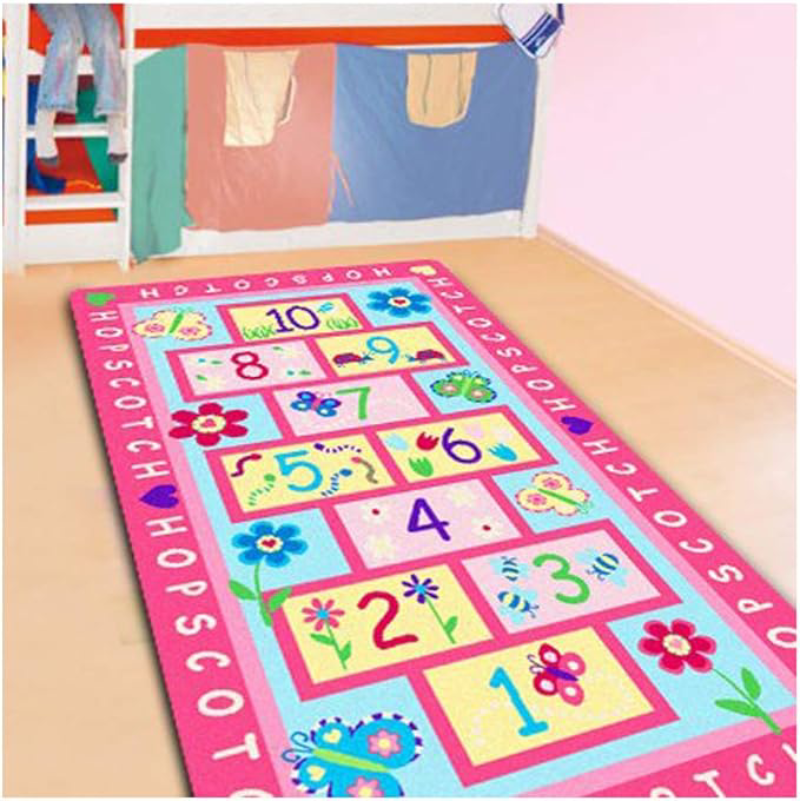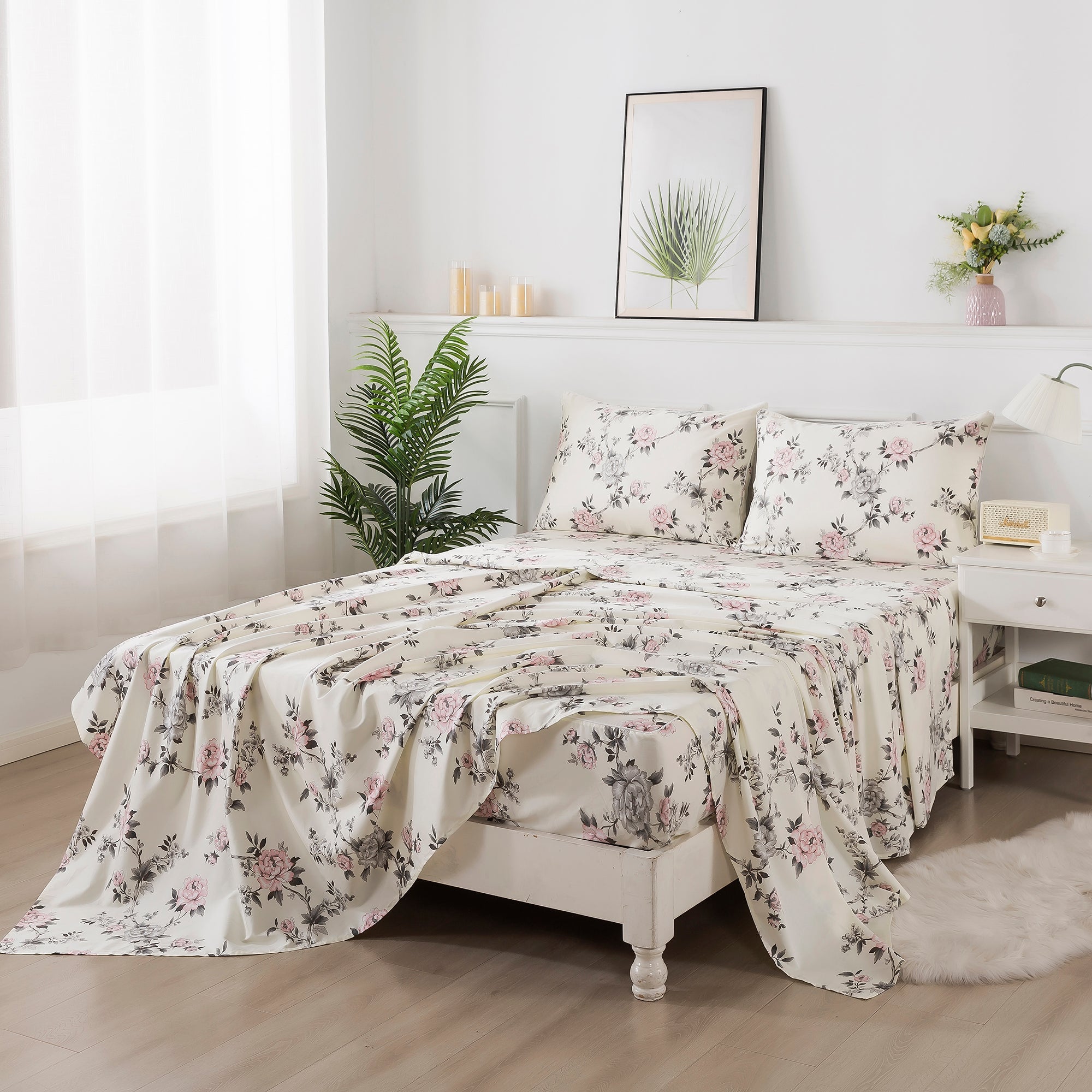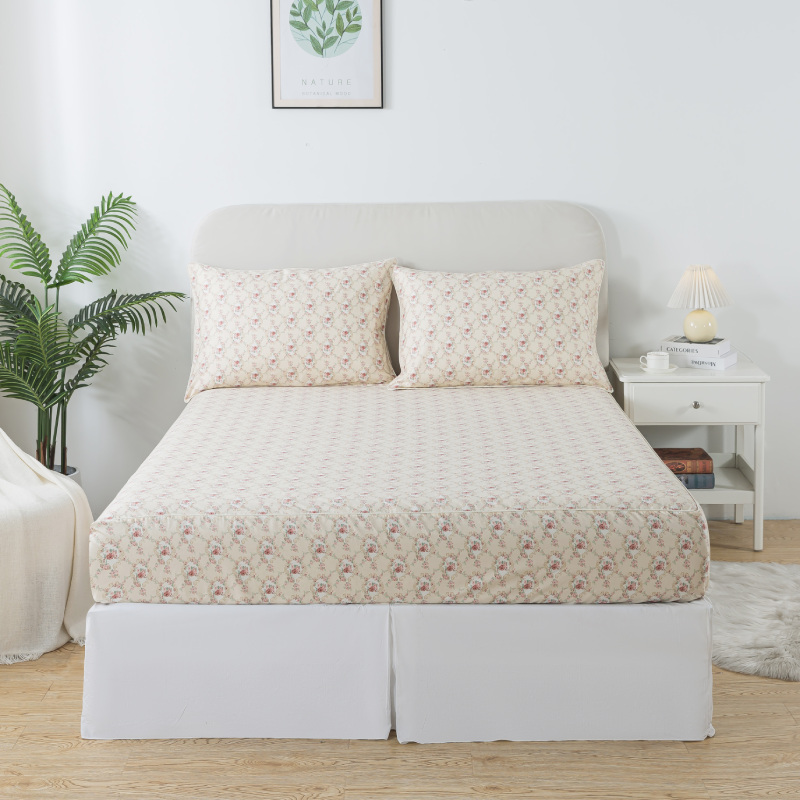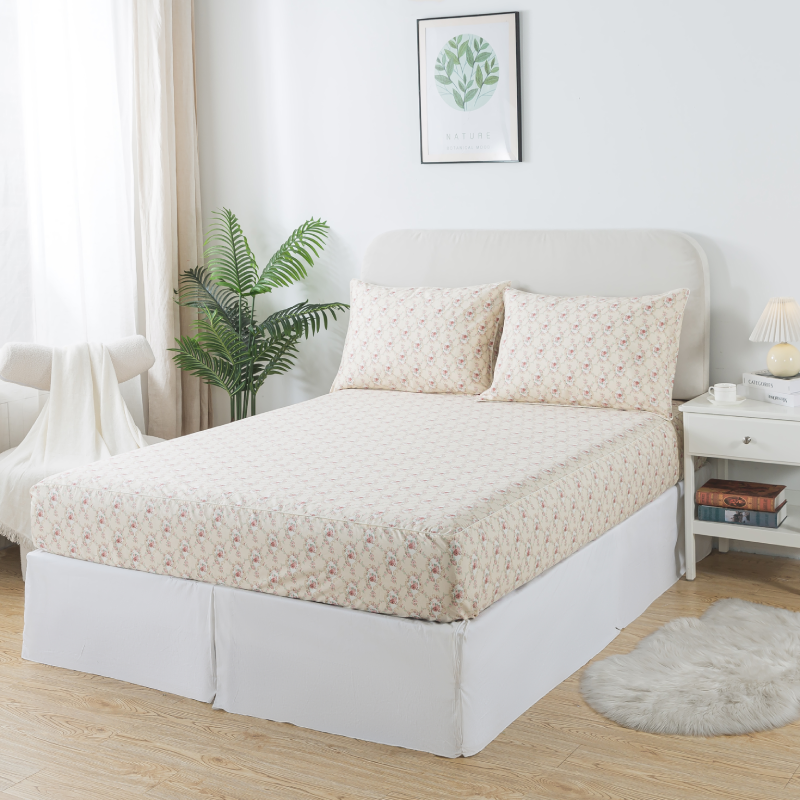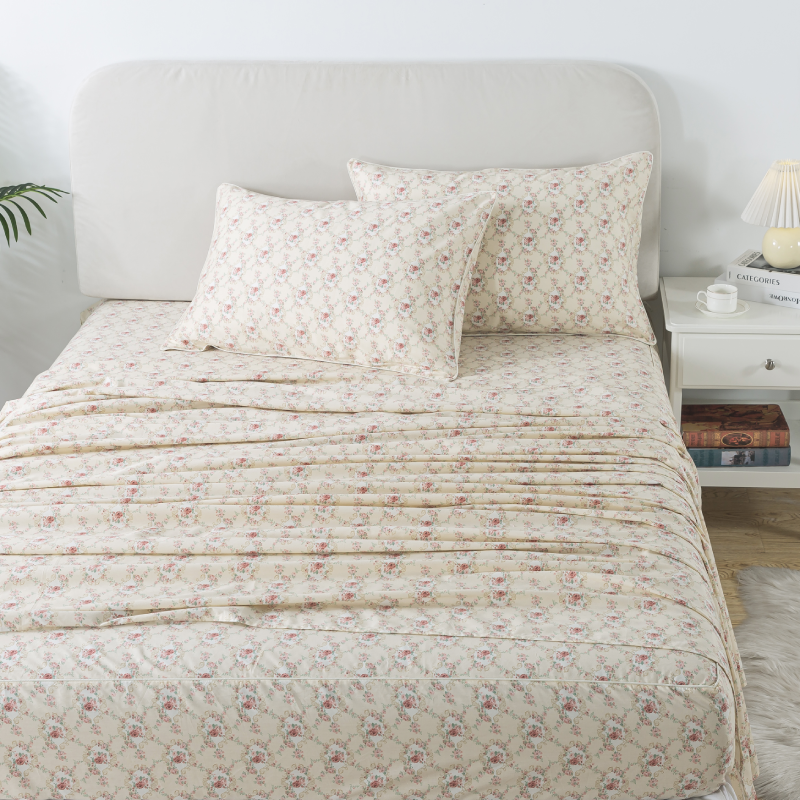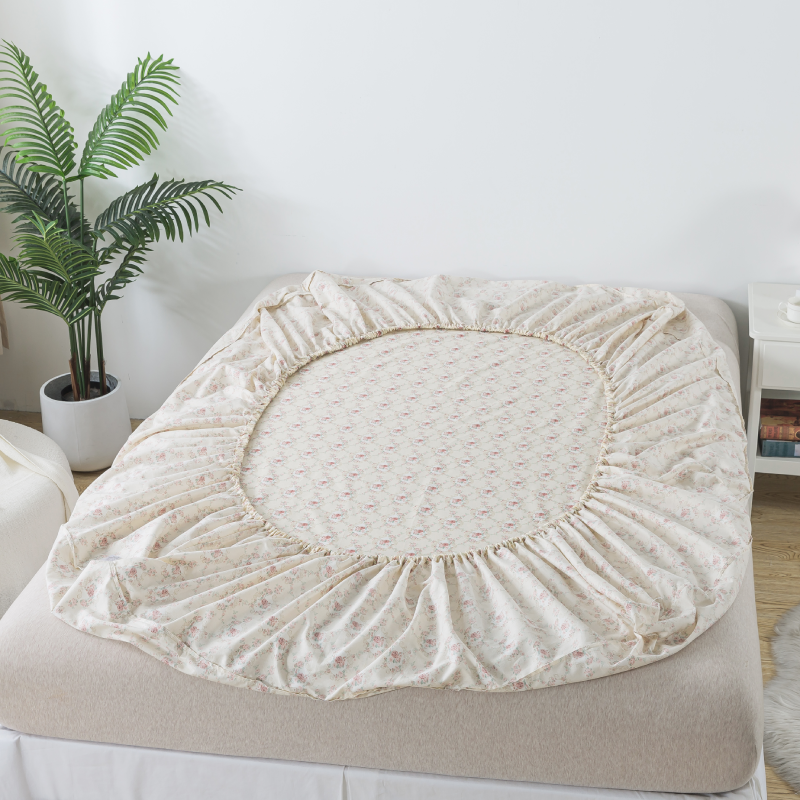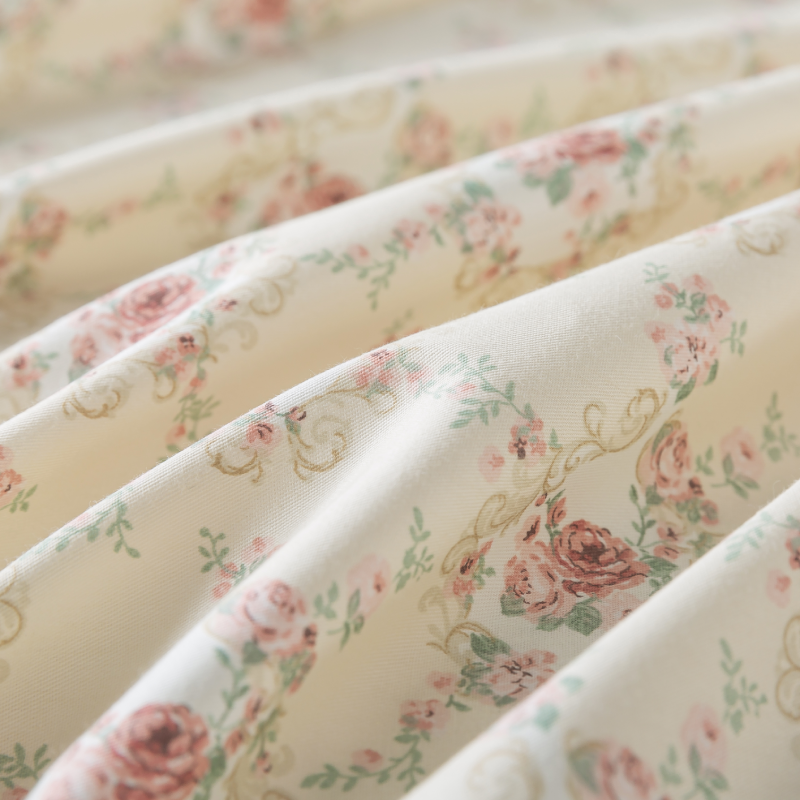Choosing the right bedding can greatly enhance your comfort and the aesthetic appeal of your bedroom. Two of the most common items in bedding are bed sheets and bed covers, and while they might seem similar, they serve distinct purposes. Understanding the differences between bed sheets and bed covers is essential for creating the perfect sleep environment. This guide will dive into what each of these bedding items offers, their unique features, and how to choose the best option for your needs.
What Are Bed Sheets?
Bed sheets are thin layers of fabric that cover the mattress, providing a comfortable surface to sleep on. They are essential to any bedding setup and come in a variety of materials, designs, and sizes. Bed sheets are typically categorized into two types: fitted sheets and flat sheets.
- Fitted Sheets: These sheets have elasticated corners that help them fit snugly over the mattress. They are designed to stay in place, preventing bunching or slipping during the night.
- Flat Sheets: Also known as top sheets, flat sheets are placed between the sleeper and the bed cover. They serve as a barrier, keeping the bed cover cleaner for longer periods.
Materials and Types of Bed sheets: Bed sheets are available in a wide range of materials, each offering different levels of comfort, breathability, and warmth. Some of the most popular materials include:
Cotton: Known for its breathability and softness, cotton is the most common material used for bed sheets. It is hypoallergenic, easy to maintain, and suitable for all seasons.
Linen: Linen bed sheets are popular for their durability and ability to regulate temperature, keeping you cool in summer and warm in winter.
Silk: Luxurious and smooth, silk sheets provide a soft feel and have hypoallergenic properties. They are great for sensitive skin but require careful maintenance.
Microfiber: Made from finely woven synthetic fibers, microfiber sheets are soft, wrinkle-resistant, and often more affordable than natural fibers.
Bamboo: Eco-friendly and naturally antibacterial, bamboo sheets are breathable, soft, and great for regulating body temperature.
Primary Functions of Bed sheets:
- Comfort and Softness: Bed sheets are the first layer of bedding that comes into contact with your skin, providing a soft and smooth surface to sleep on.
- Protecting the Mattress: They act as a barrier, protecting the mattress from dust, stains, and spills, thereby extending its lifespan.
- Aesthetic Enhancement: Bed sheets come in various colors, patterns, and designs, allowing you to personalize your bedroom decor and create a visually pleasing sleep environment.
- Ease of Cleaning: Bed sheets are easy to wash, and regular cleaning helps maintain a hygienic sleep space.

What Are Bed Covers?
Bed covers are thicker, often decorative layers placed over the bed sheets. They are used not only to protect the sheets but also to add style, warmth, and a polished look to the bed. Bed covers come in various forms, including comforters, quilts, duvets, and coverlets.
Comforters: These are thick, fluffy blankets filled with down, feathers, or synthetic fibers. Comforters are designed to provide warmth and are often used as the topmost layer of bedding.
Quilts: Quilts consist of three layers: a top fabric layer, a middle layer of batting, and a bottom layer. They are often stitched together in a decorative pattern, adding both warmth and a traditional aesthetic.
Duvets: Duvets are soft, flat bags filled with down, feathers, or synthetic materials. They are typically encased in a removable cover called a duvet cover, which can be washed separately.
Coverlets: A coverlet is a lightweight, decorative bed cover that doesn’t provide much warmth. It’s primarily used for aesthetic purposes, often layered with other bed covers for a layered look.
Materials and Types of Bed Covers: Similar to bed sheets, bed covers are made from various materials that determine their warmth, texture, and overall feel.
Cotton: Cotton bed covers are breathable, soft, and ideal for moderate climates. They are easy to maintain and come in various designs.
Wool: Wool bed covers are excellent for providing warmth during colder months. They are durable and naturally resistant to wrinkles and stains.
Silk: Silk bed covers add a touch of luxury and elegance to your bedroom. They are lightweight, hypoallergenic, and suitable for all seasons.
Polyester and Blends: Synthetic materials like polyester are commonly used for bed covers due to their durability and affordability. They are often blended with other fibers to enhance softness and appearance.
Primary Functions of Bed Covers:
- Warmth and Insulation: Bed covers provide an additional layer of warmth, making them ideal for colder weather or air-conditioned rooms.
- Protection: They help protect the bed sheets and other bedding layers from dust, dirt, and daily wear, reducing the frequency of washing other bedding items.
- Decorative Appeal: Bed covers are often the most visually prominent part of your bedding. They come in various patterns, colors, and textures that can instantly elevate the style of your bedroom.
- Versatility: Bed covers can be used as standalone pieces during warmer months or layered with other blankets and sheets for added comfort in winter.
Key Differences Between Bed sheets and Bed Covers
Purpose: Bed sheets primarily provide a comfortable surface to sleep on and protect the mattress, while bed covers offer additional warmth and serve as a decorative layer.
Position: Bed sheets lie directly on the mattress, whereas bed covers are placed on top of the sheets.
Material and Thickness: Bed sheets are usually made from lighter, softer materials like cotton or linen, while bed covers are thicker and often composed of multiple layers for insulation.
Maintenance: Bed sheets are typically easier to clean and require frequent washing, whereas bed covers may need special care depending on the material.
Seasonal Use: Bed sheets are used year-round, providing a comfortable base for sleep. Bed covers are often selected based on the season—heavier covers for winter and lighter ones for summer.
Design Focus: Bed sheets are more functional and designed for comfort, whereas bed covers are more focused on aesthetic appeal, often acting as the centerpiece of the bedding ensemble.
How to Choose the Right Bedding Combination
When selecting bed sheets and bed covers, consider the climate, your personal comfort needs, and the overall look you want to achieve. For warm climates or summer months, a lightweight cotton sheet paired with a decorative coverlet may be sufficient. In colder seasons, layering a fitted sheet, flat sheet, and a cozy duvet or comforter can provide the warmth and comfort needed for restful sleep.
Investing in high-quality sheets and covers not only enhances the comfort of your bed but also contributes to the overall aesthetic of your bedroom, making it a true sanctuary of rest and relaxation.

